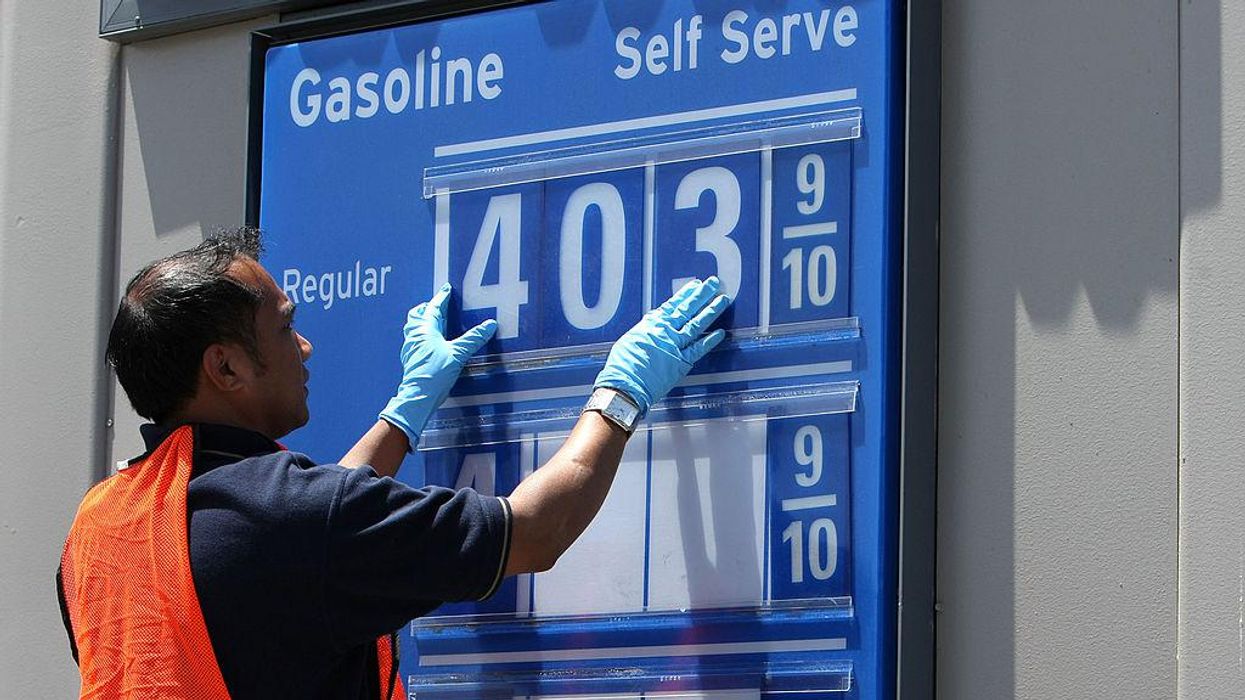
Photo by Justin Sullivan/Getty Images

As markets opened Wednesday morning, U.S. oil prices reached highs not seen in more than a decade.
Futures for the international benchmark Brent crude listed prices as more than $113.58 a barrel, CNBC said.
The Washington Examiner reported that futures for the U.S. benchmark West Texas Intermediate increased by 8% trading at $112 per barrel.
This is the highest that oil has traded since 2011.
The increase in oil costs come after the Organization of the Petroleum Exporting Countries and its oil-producing allies agreed to hold production rates steady.
OPEC and its allies will increase output in April by 400,000 barrels per day as Russia’s ongoing aggression in Ukraine causes supply shortage fears.
John Kilduff, partner at Again Capital and former energy executive, said, “There’s no respite. This is a dramatic moment for the market and the world and supplies. It’s clear the world is going to have to stand up to Russia by foreclosing its oil exports.”
Ed Moya, a market analyst, said, “Crude prices can’t stop going higher as a very right oil market will likely see further risk to supplies as the War in Ukraine unfold. Brent crude could surge to the $120 level if the oil market starts to think it is likely that sanctions will be placed on Russian energy.”
In a move to reduce Western dependence on Russian and OPEC oil, members of the International Energy Agency announced plans to release 60 million barrels of oil reserves in an effort to combat the soaring price of oil.
The United States, in particular, will release 30 million barrels.
Nevertheless, this announcement did little to quell anxieties about soaring energy costs.
Goldman Sachs wrote, “We do not view this as sufficient relief. Demand destruction — through still higher prices — is now likely the only sufficient rebalancing mechanism, with supply elasticity no longer relevant in the face of such a potential large and immediate supply shock.”
WTI and Brent are both up more than 40% year to date as demand for oil remains the same, or rises, while supply grows increasingly constrained.
The energy investment group RBC said, “We think [OPEC] will likely stay the course with the current easing schedule and avoid wading into the deepening security crisis involving the group co-chair Russia.”
Russia is one of the world’s largest producer and exporters of natural gas. Despite allied Western nations issuing heavy sanctions on Russia, the country’s energy sector has largely been unaffected.
In 2014, oil prices rose to just over $100 a barrel as supply fears rose following the Russian invasion of Crimea.